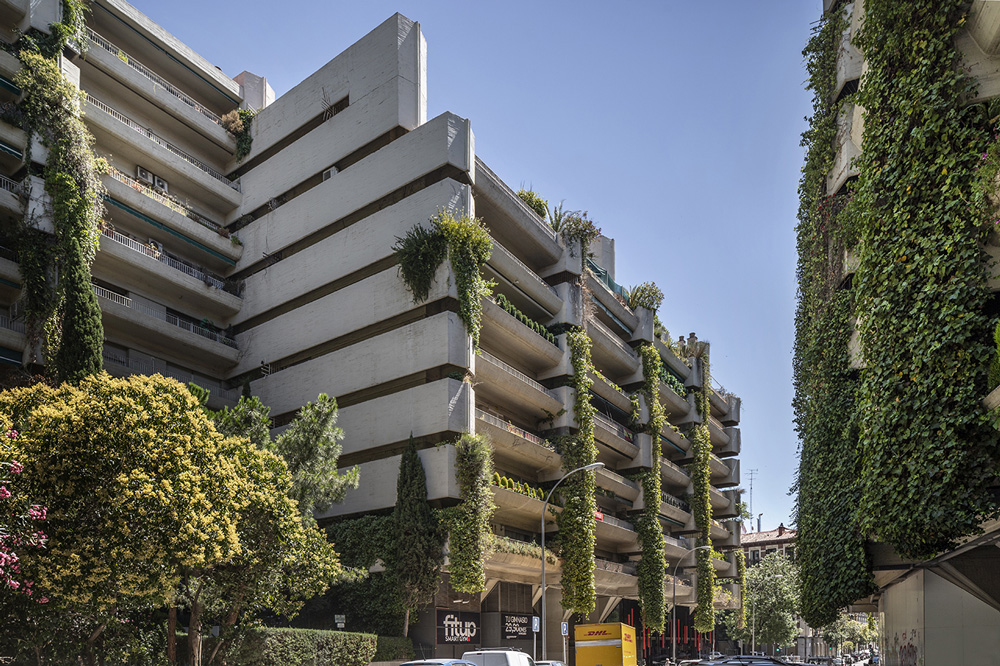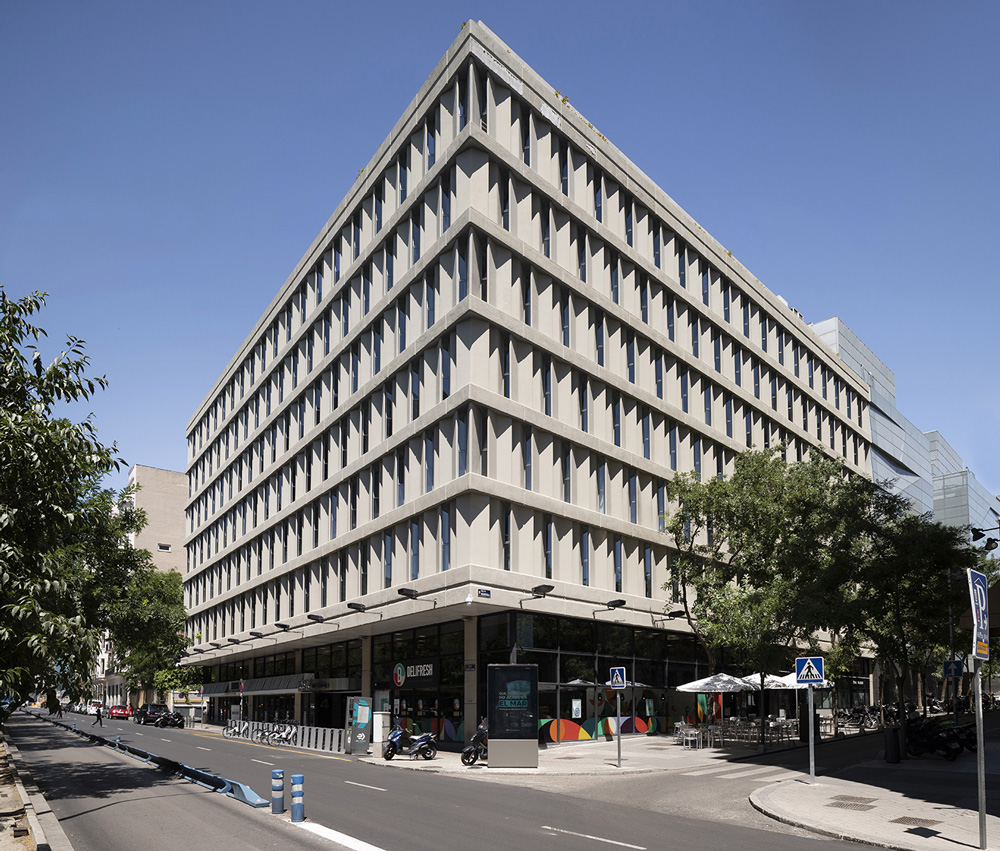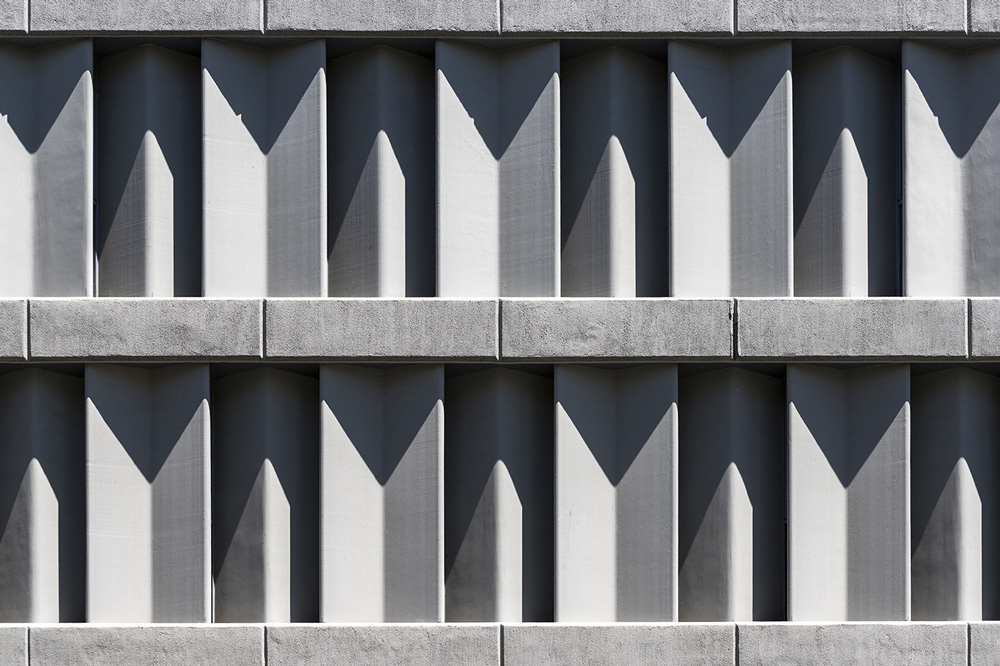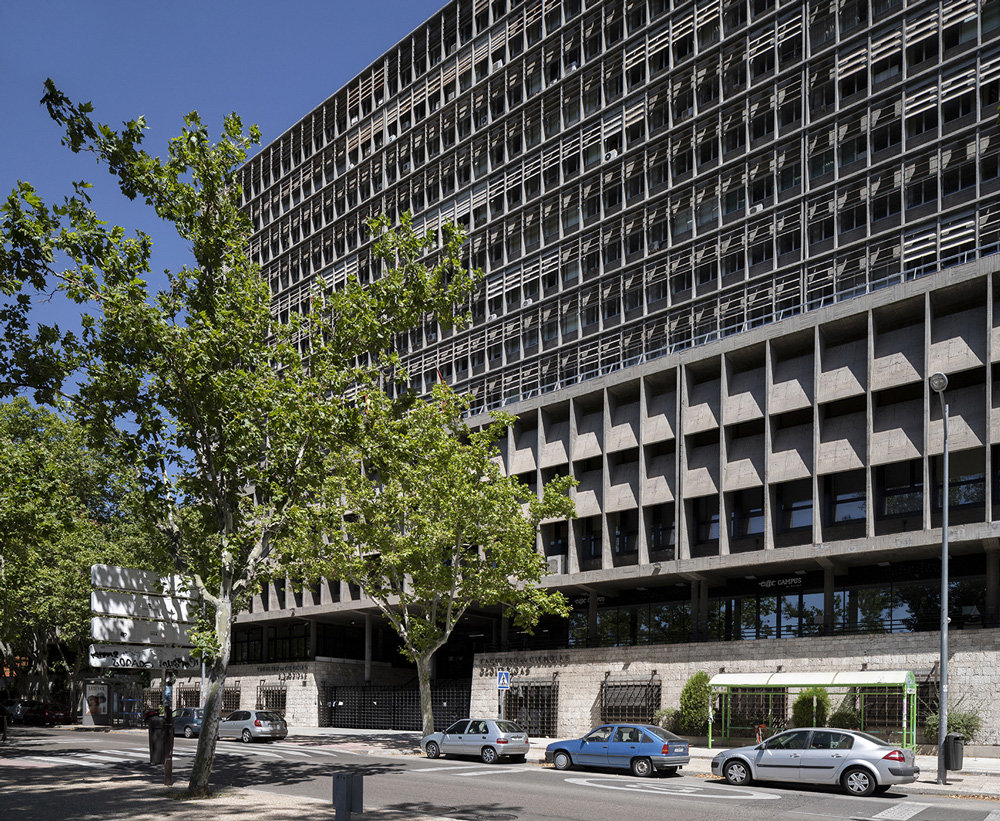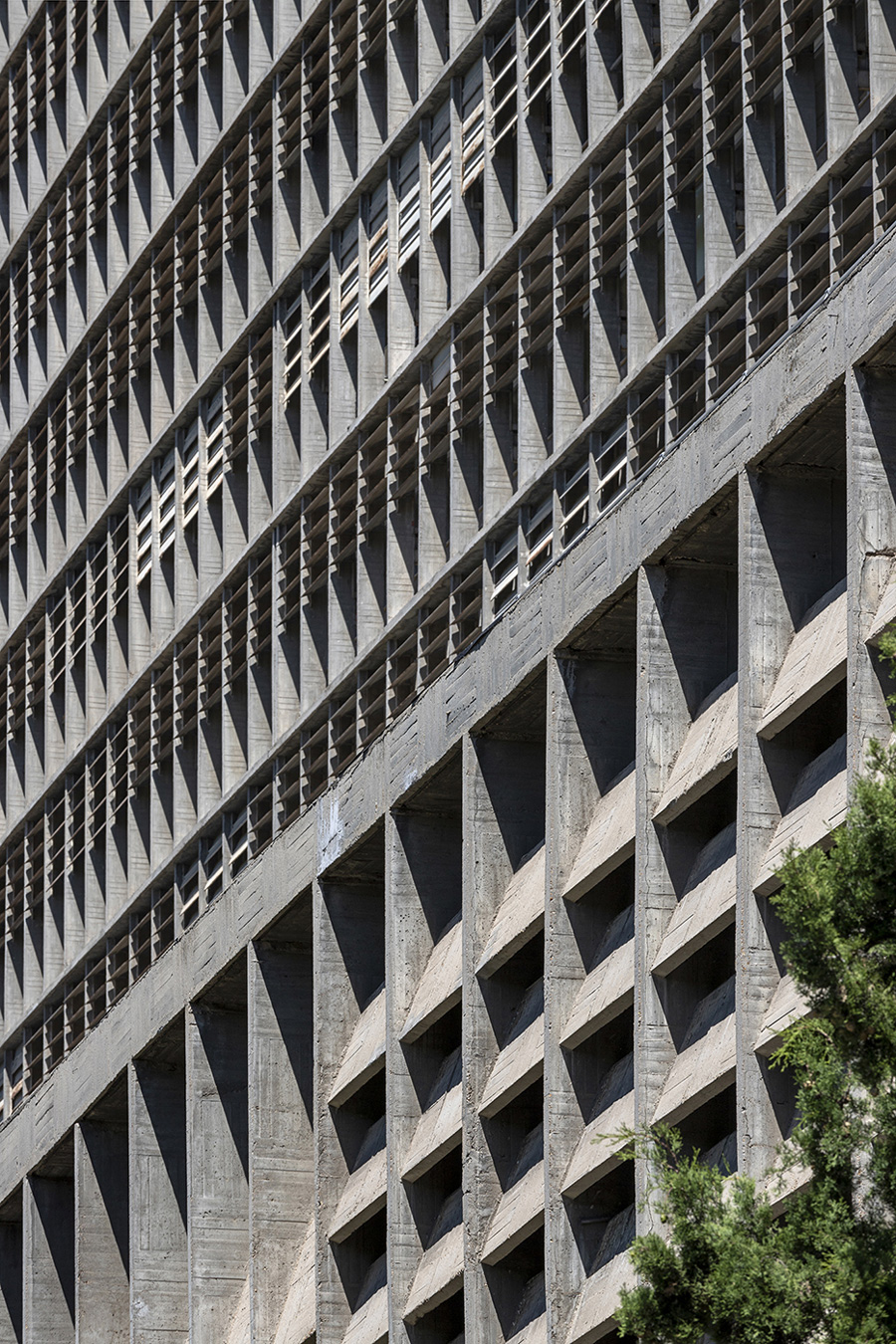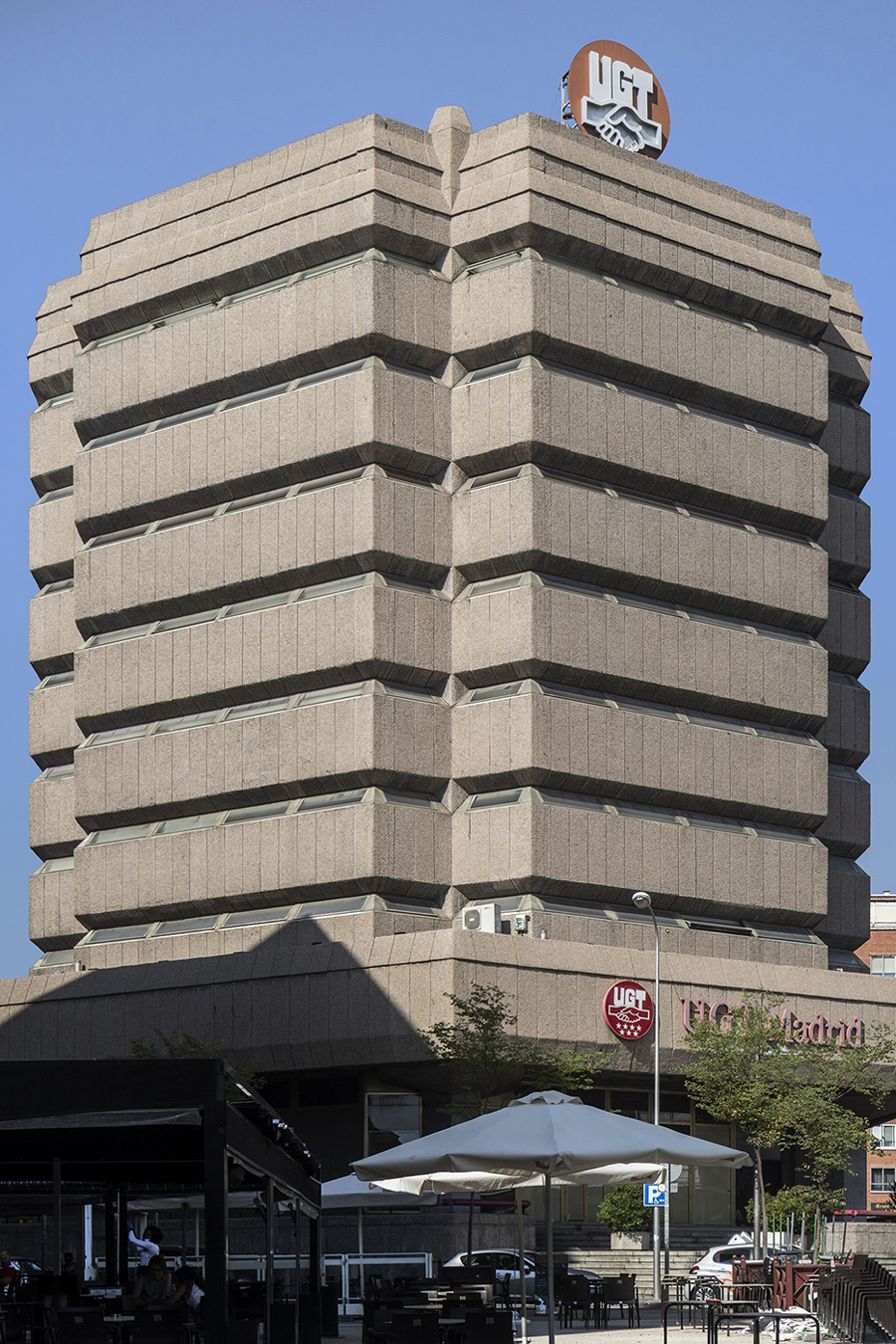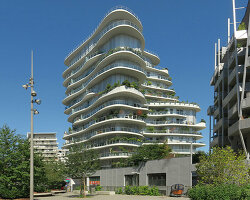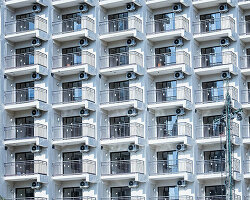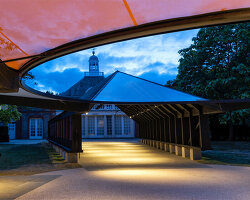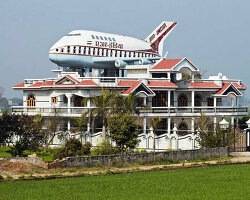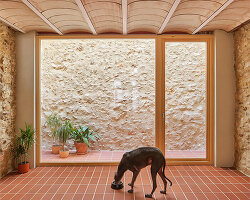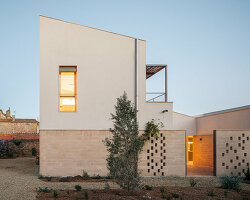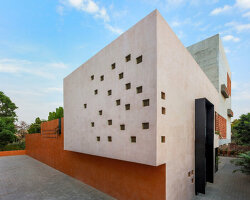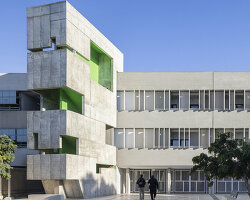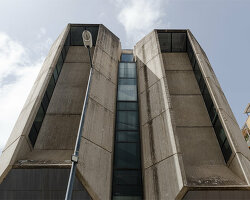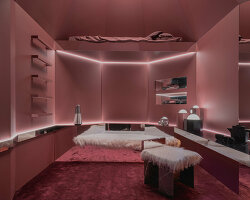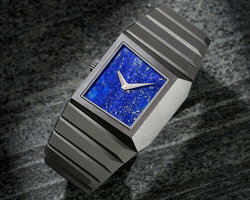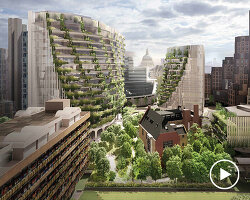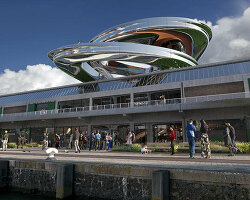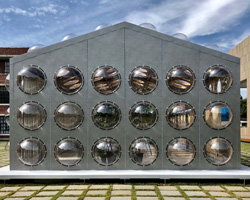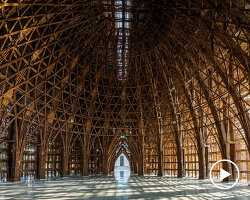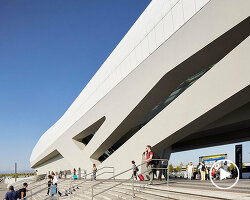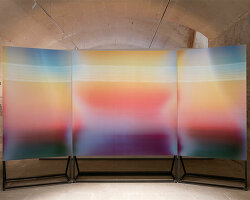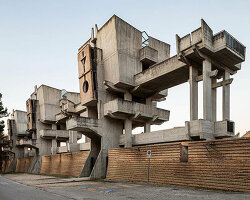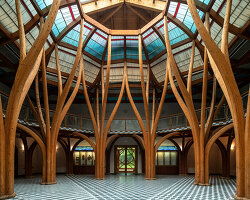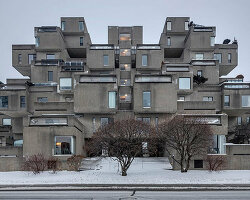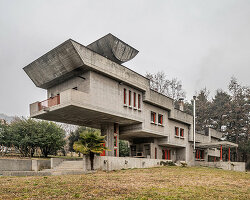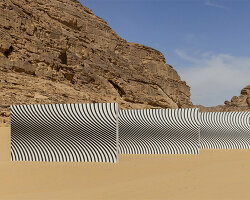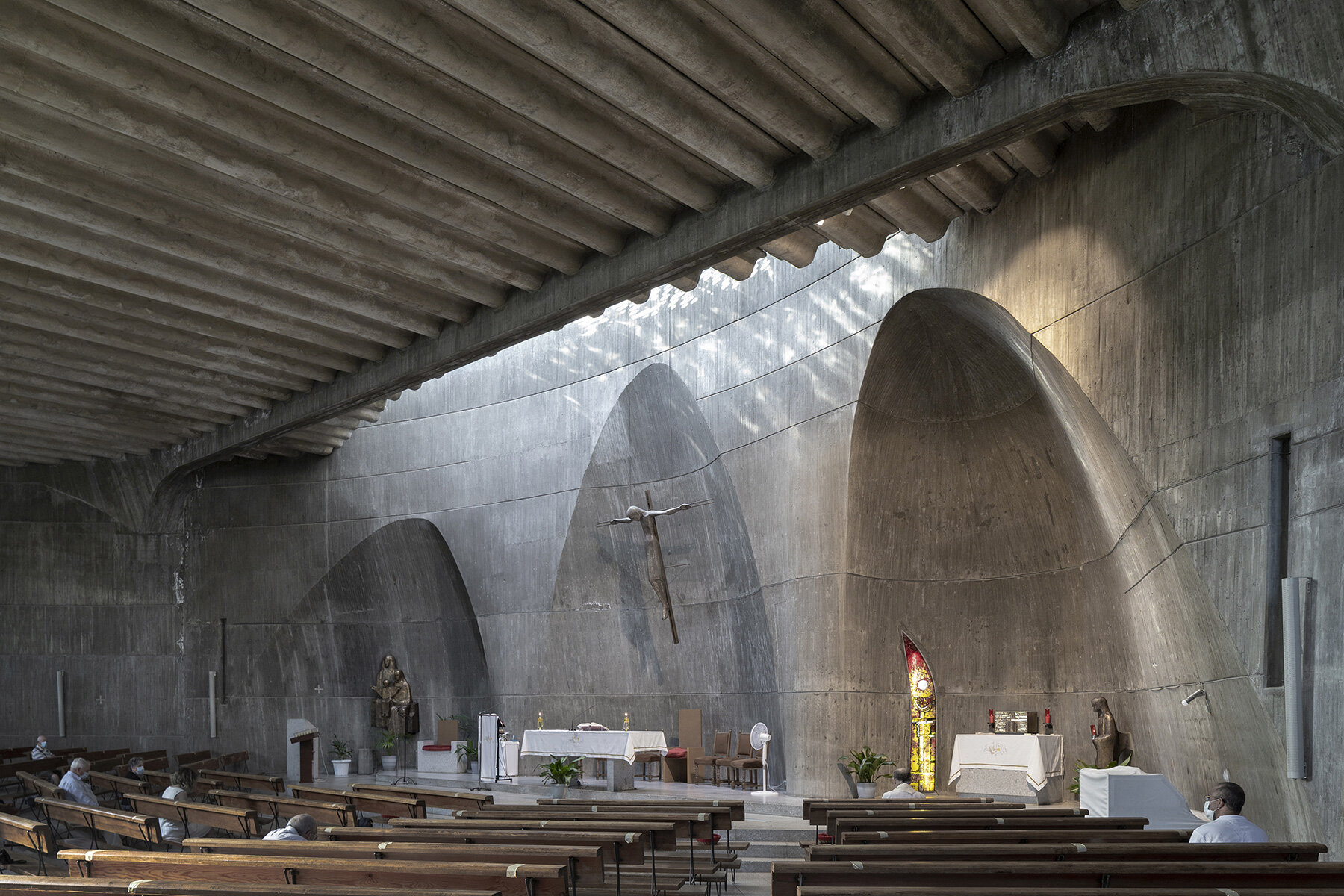
church of santa ana y la esperanza, by miguel fisac serna (1965-1966)
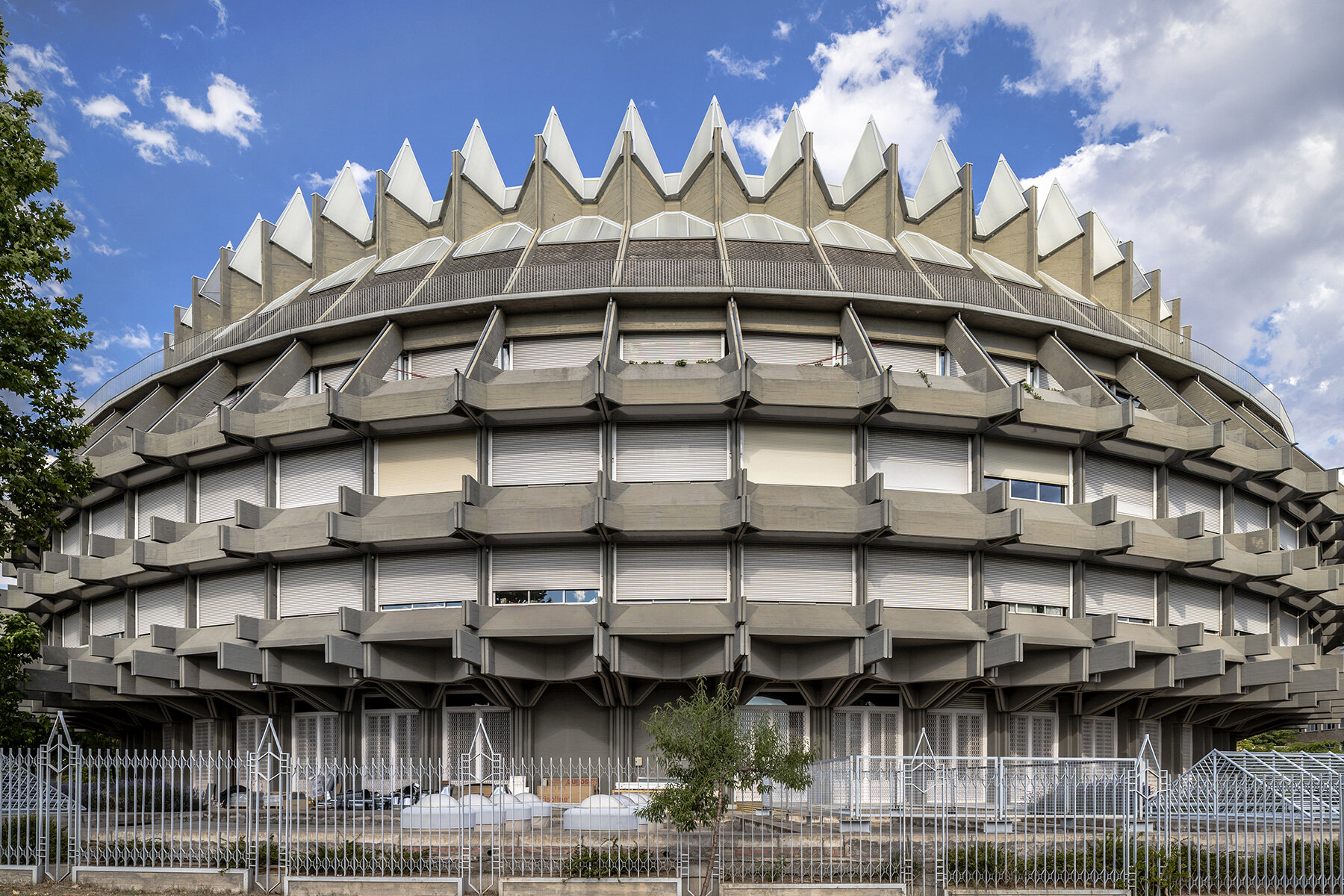
instituto del patrimonio cultural de españa – cultural heritage institute of spain – fernando higueras díaz and antonio miró valverde (1964-1988)
KEEP UP WITH OUR DAILY AND WEEKLY NEWSLETTERS
PRODUCT LIBRARY
the minimalist gallery space gently curves at all corners and expands over three floors.
kengo kuma's qatar pavilion draws inspiration from qatari dhow boat construction and japan's heritage of wood joinery.
connections: +730
the home is designed as a single, monolithic volume folded into two halves, its distinct facades framing scenic lake views.
the winning proposal, revitalizing the structure in line with its founding principles, was unveiled during a press conference today, june 20th.
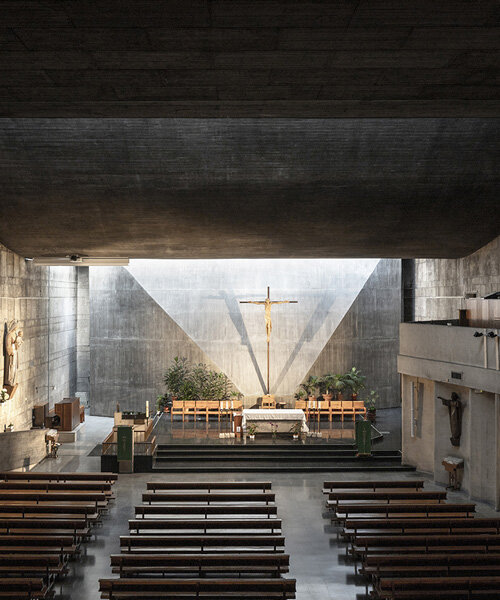
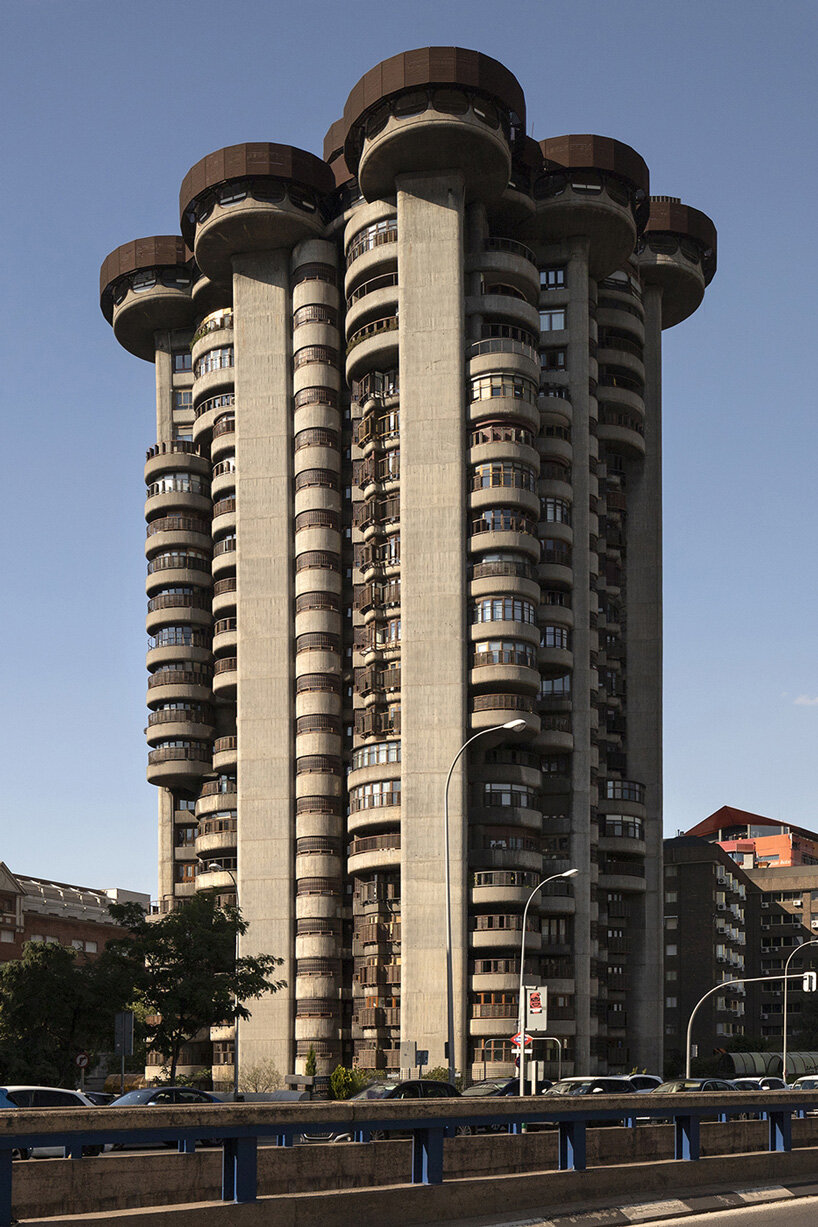 torres blancas – francisco javier sáenz de oíza (1961-1969)
torres blancas – francisco javier sáenz de oíza (1961-1969)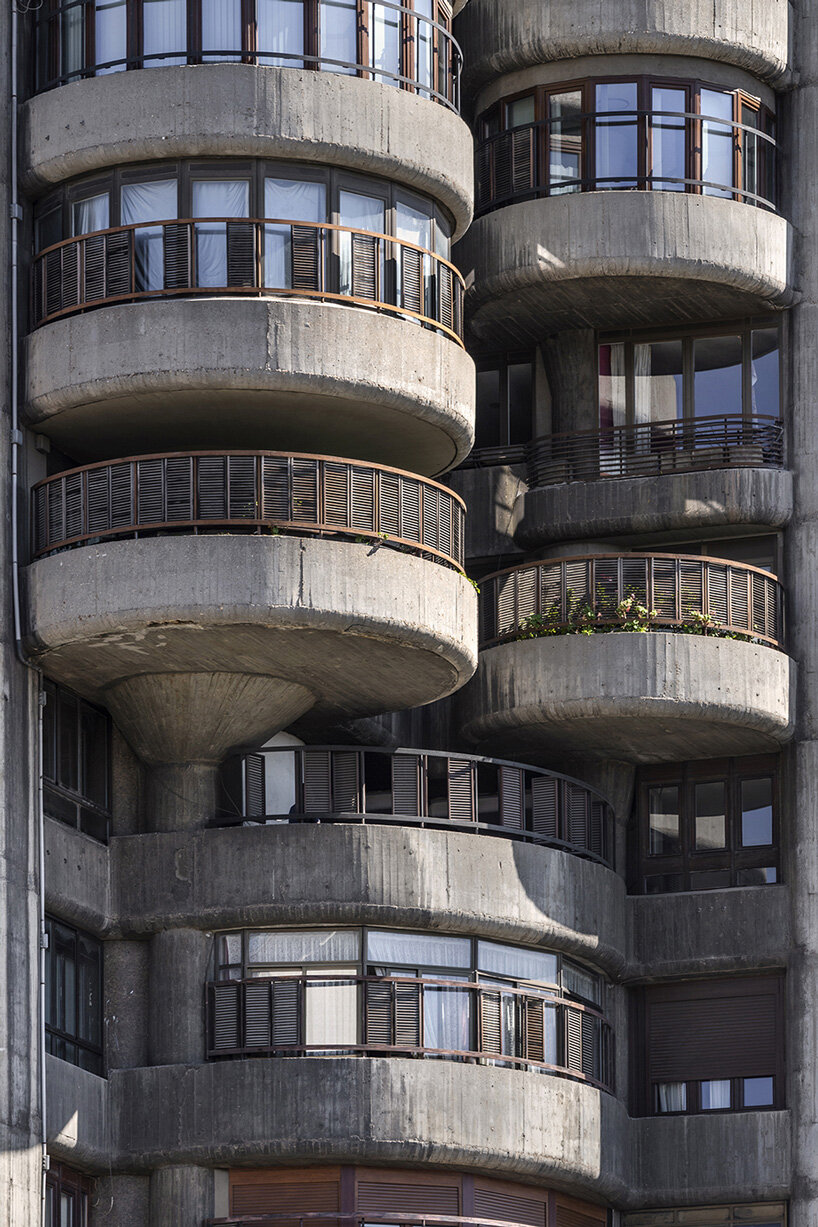 torres blancas – francisco javier sáenz de oíza (1961-1969)
torres blancas – francisco javier sáenz de oíza (1961-1969)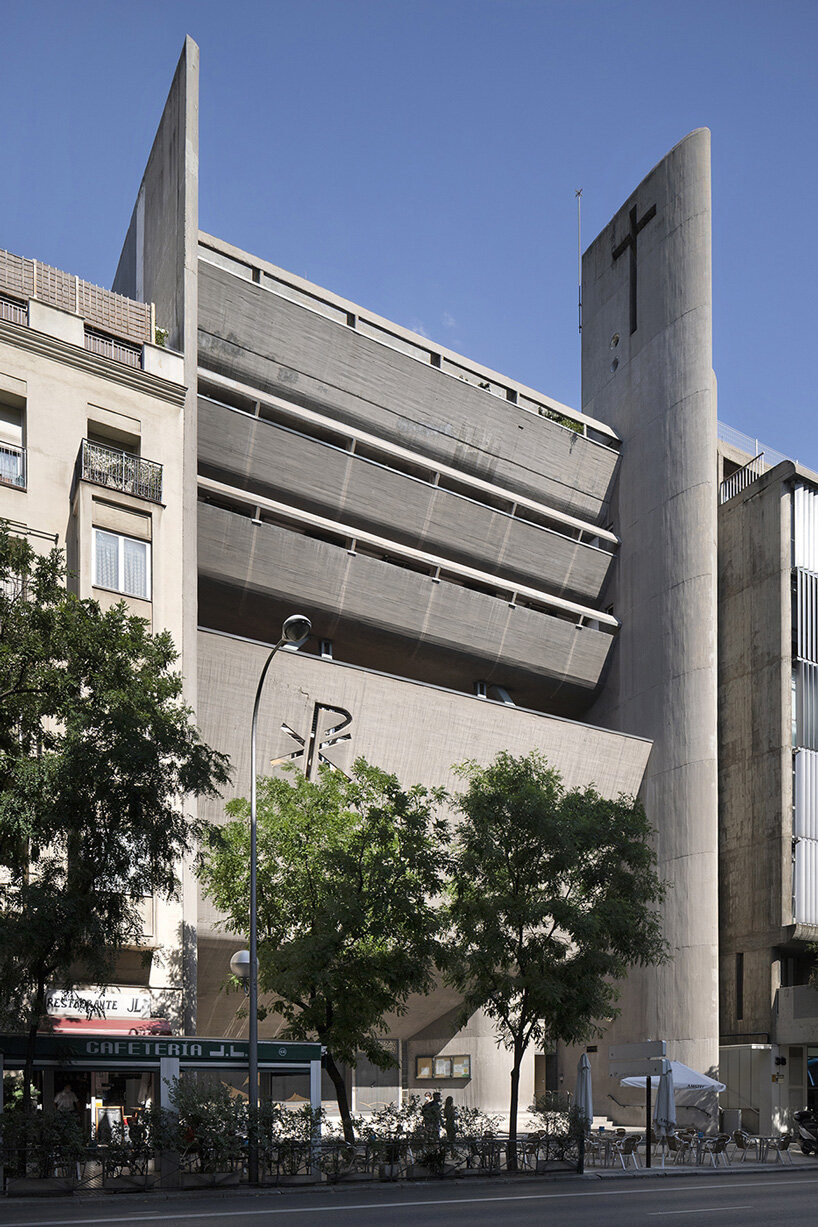 church of nuestra señora del rosario de filipinas – cecilio sanchez-robles tarín (1967-1970)
church of nuestra señora del rosario de filipinas – cecilio sanchez-robles tarín (1967-1970)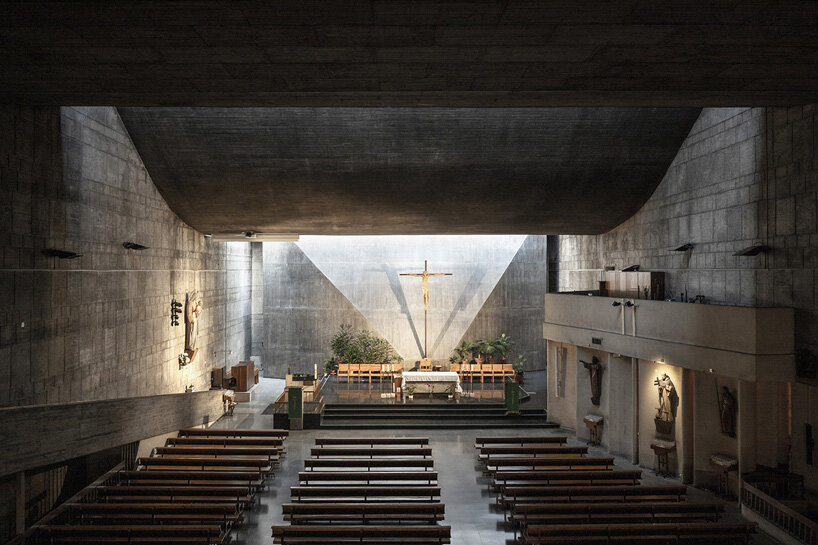 church of nuestra señora del rosario de filipinas – cecilio sanchez-robles tarín (1967-1970)
church of nuestra señora del rosario de filipinas – cecilio sanchez-robles tarín (1967-1970)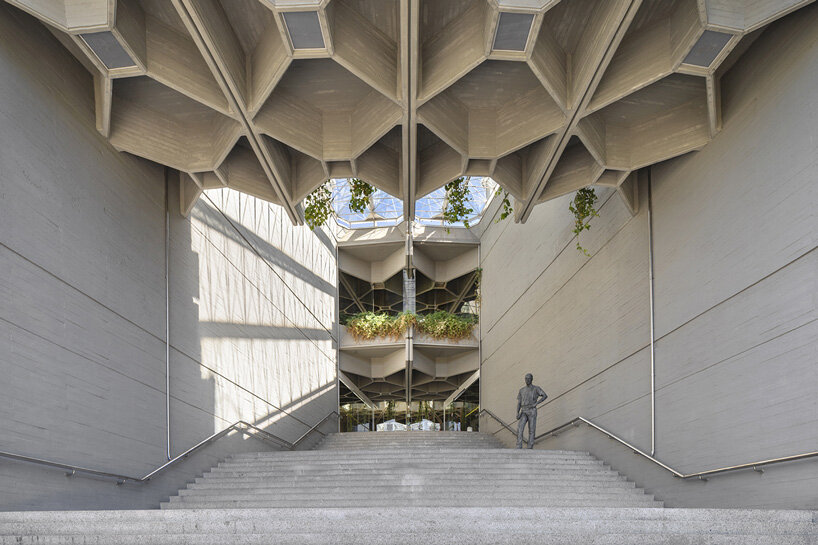 instituto del patrimonio cultural de españa – cultural heritage institute of spain – fernando higueras díaz and antonio miró valverde (1964-1988)
instituto del patrimonio cultural de españa – cultural heritage institute of spain – fernando higueras díaz and antonio miró valverde (1964-1988)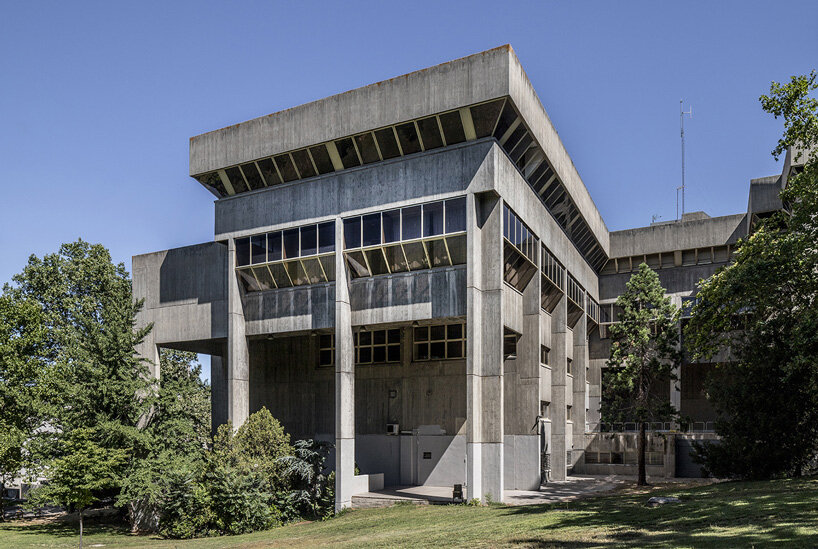 department of information sciences (complutense university of madrid) – josé maría laguna martínez and juan castañón fariña (1971-1979)
department of information sciences (complutense university of madrid) – josé maría laguna martínez and juan castañón fariña (1971-1979)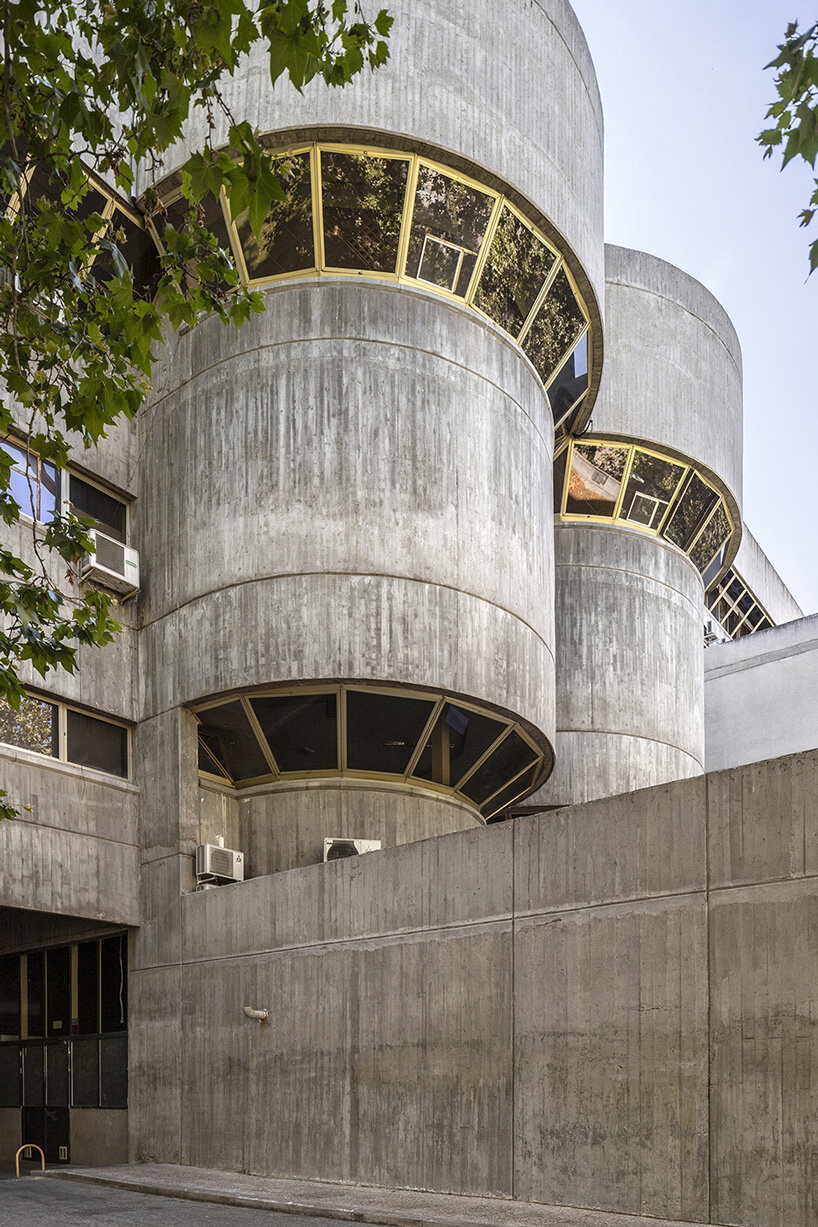 department of information sciences (complutense university of madrid) – josé maría laguna martínez and juan castañón fariña (1971-1979)
department of information sciences (complutense university of madrid) – josé maría laguna martínez and juan castañón fariña (1971-1979)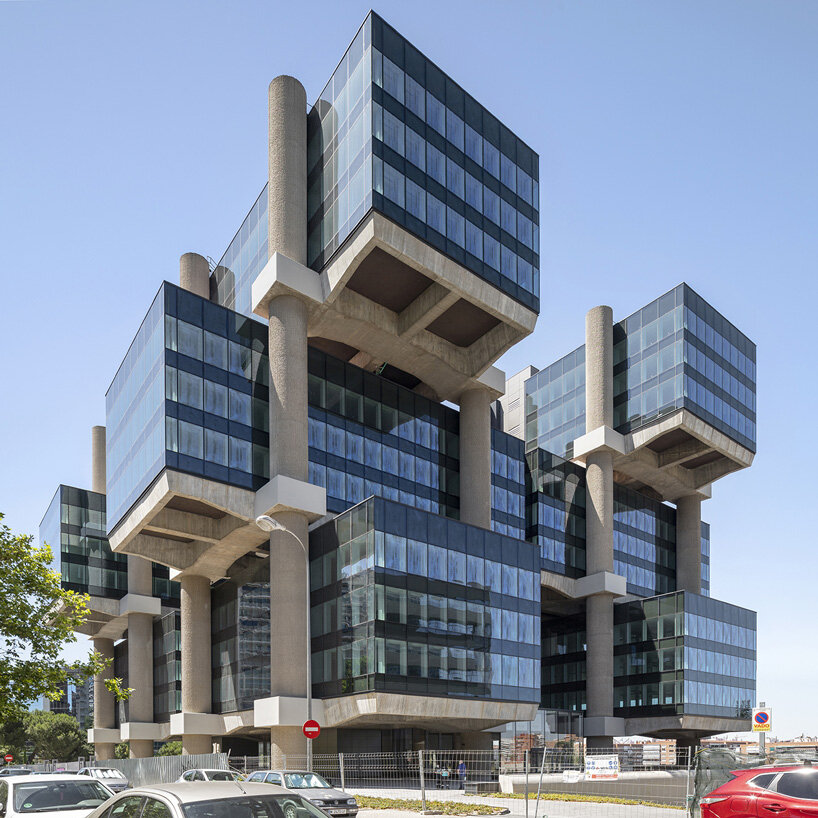 edificio los cubos – michel andrault, pierre parat, aydin guvan and alain capieu (1974-1981)
edificio los cubos – michel andrault, pierre parat, aydin guvan and alain capieu (1974-1981)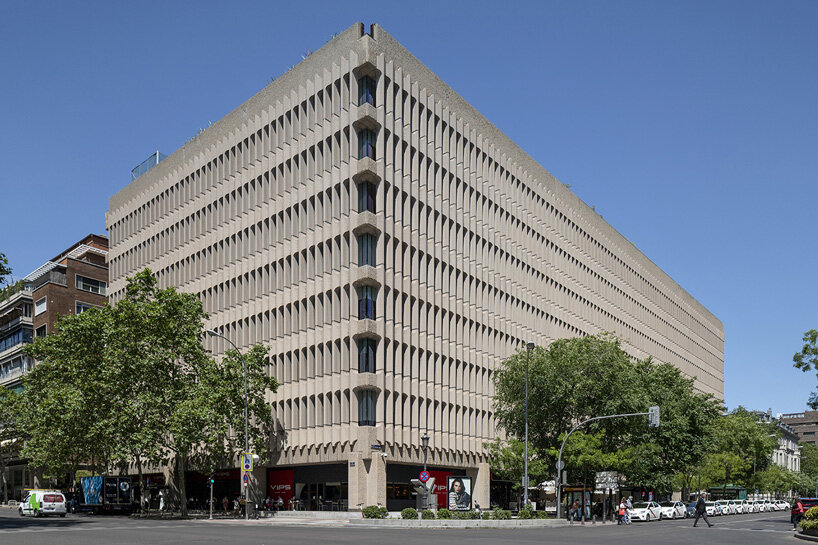 beatriz building – eleuterio población knappe (1968-1976)
beatriz building – eleuterio población knappe (1968-1976)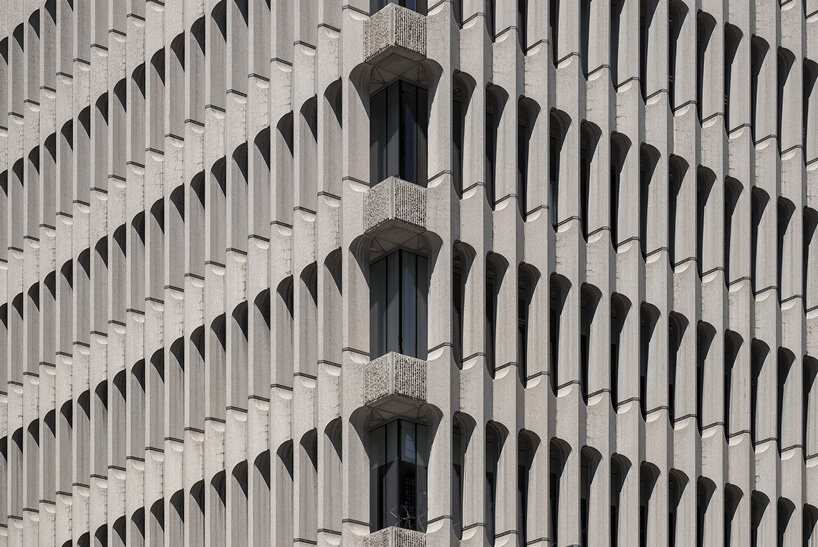 beatriz building – eleuterio población knappe (1968-1976)
beatriz building – eleuterio población knappe (1968-1976)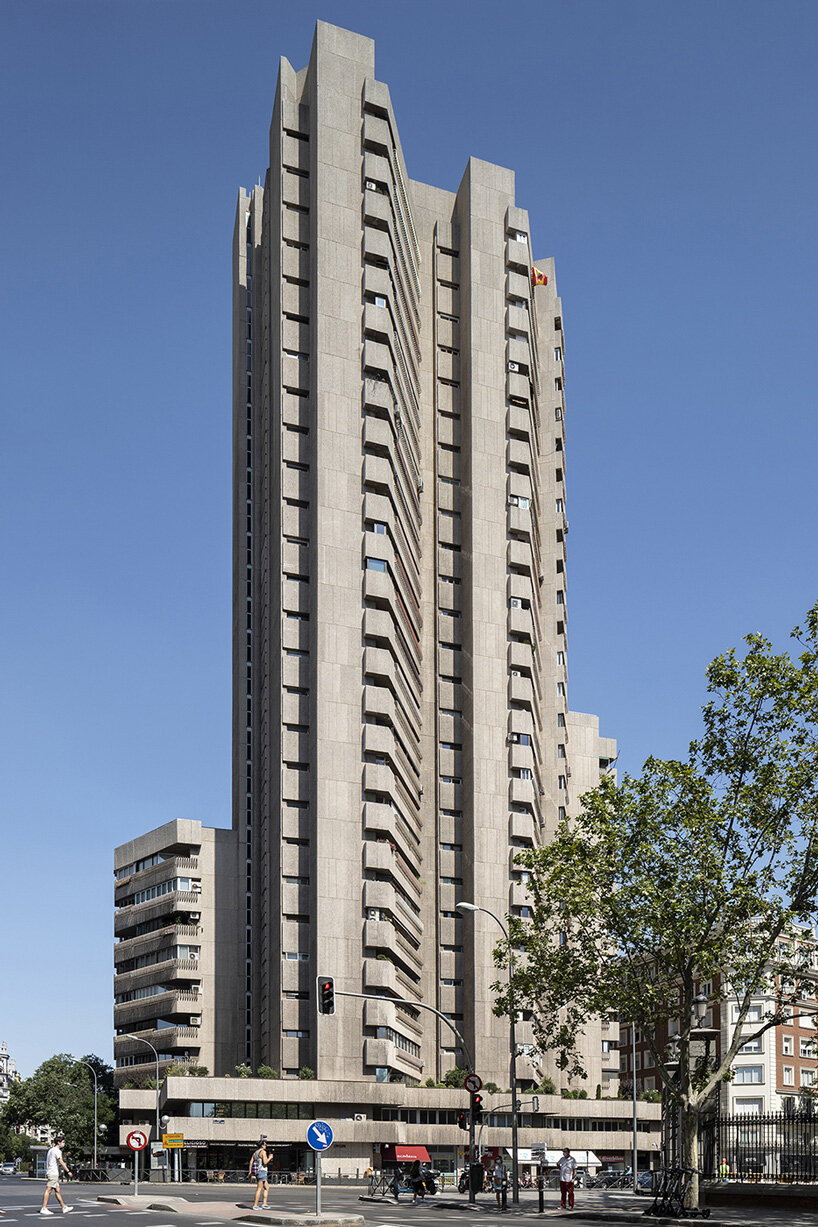 torre de valencia – javier carvajal ferrer (1968-1973)
torre de valencia – javier carvajal ferrer (1968-1973)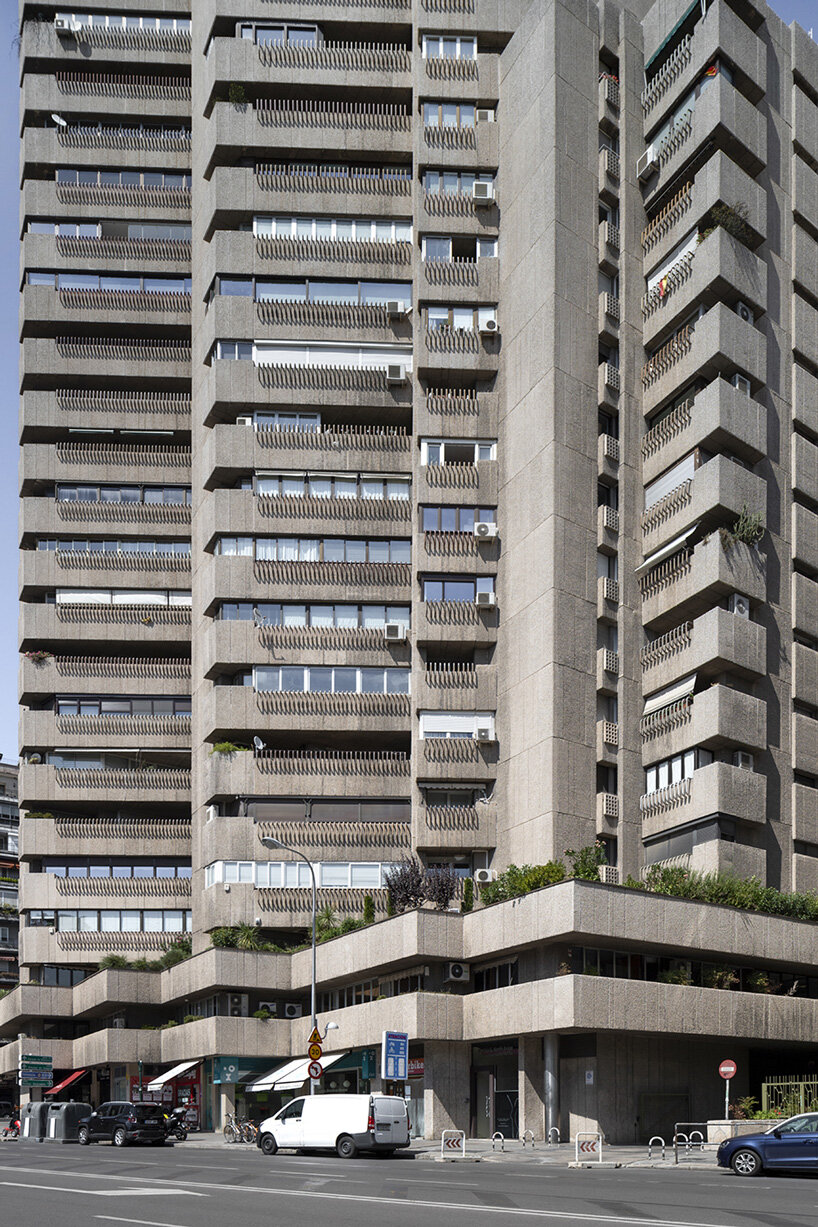 torre de valencia – javier carvajal ferrer (1968-1973)
torre de valencia – javier carvajal ferrer (1968-1973)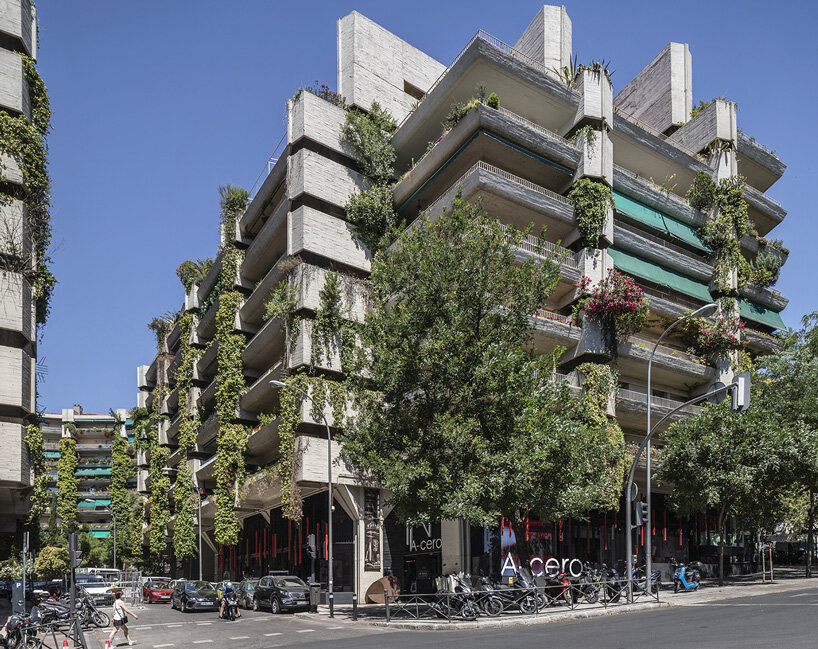 edificio princesa, residential buildings for the military housing cooperative – fernando higueras díaz, antonio miró valverde and carlos garcía rodríguez (1967-1974)
edificio princesa, residential buildings for the military housing cooperative – fernando higueras díaz, antonio miró valverde and carlos garcía rodríguez (1967-1974)